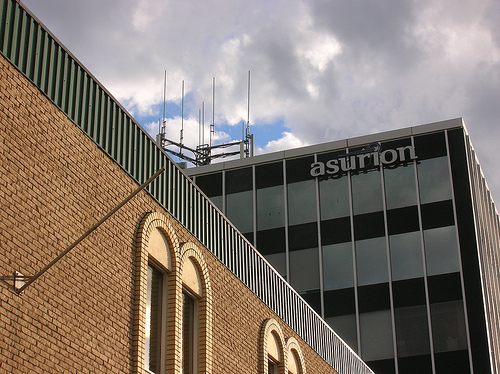Congratulations to Tesla (TSLA) shareholders for the recent, astounding gains in the company’s stock. In spite of – or because of – the immense short position in Tesla shares, the stock has risen from about $54/share at the start of May to about $103 as of May 30.
Now Tesla longs are probably weighing their next move.
May I make a suggestion? SELL! Run for the hills!
OK, that’s perhaps a bit dramatic, but really, it’s how I personally feel.
What has me so sure that it’s time to move on? Let’s start with the emergence of self-justifying babble from Wall Street analysts. After the company reported a better-than-expected “profit” in early May, the stock jumped well past most Tesla analysts’ price targets.
Here’s how Morgan Stanley’s Adam Jonas put it in his subsequent note to clients [emphasis mine]:
Our rating, estimates and price target are under review, pending our analysis of changes to the company’s business model, addressable market and the associated risks. Taking nothing away from the accomplishments of the Tesla team, triangulating the fundamental valuation with the share price is more challenging than for other stocks.
My translation?
Tesla stock has gone &<@!)?(*%# crazy. So much so that you can’t reasonably expect me to stretch any of the parameters in my financial model (like growth rate and gross margin) in order to justify the current price in our usual Wall Street way. Does a forward P:E ratio of 180 make Tesla stock overvalued? Of course it does! I just can’t print that in a research note. Thanks, and don’t forget to vote for me in the Institutional Investor survey.
I’m just kidding about Mr. Jonas, who by all accounts is a fine analyst. But his concerns about “triangulation” proved unsurprisingly short-lived, and just one day later, he issued another note. In it, he raised his price target from $47 to $103 (the stock was at $87.80 at the time), based on a variety of factors, such as the possibility that “pound for pound,” Tesla might have the strongest brand in the auto industry.”
This would probably come as a surprise to, say, Ferrari, whose own brand was recently voted the most powerful commercial brand in the world. Not just within the auto industry. The most powerful among all brands.
And I believe the reality distortion field extends across Wall Street. Deutsche Bank’s analyst wrote post-earnings that he was “re-assessing [the] valuation framework” in his attempt to rationalize a new, much higher price target for Tesla. Yeesh.
But I digress. My point is that I believe Tesla stock is being propelled higher by a frothy mix of unexpected profits, huge short interest and a collective amnesia that there already exists quite a few electric cars available for sale at much lower prices than Tesla’s excellent Model S.
So where does Tesla go from here? Well, it’s certainly possible for the company to build a profitable business around high-end cars. This strategy served Porsche so well it was able, in 2007, to accumulate a 35% stake in the much larger Volkswagen. Alas, Porsche overplayed its hand and after unit sales dropped by 25% from 2008 to 2009, Volkswagen turned the tables and “re-structured” their way into complete ownership of Porsche.
But Tesla seems bound and determined to move down-market. CEO Elon Musk has promised that a ‘Gen 3’ mass market car is coming, “in a few years.”
Only one problem with that plan: the Gen 3 mass market car is already here. It’s called the Nissan Leaf. The base Leaf, the model S, has an MSRP of $21,300 after applicable tax credits. Is the Leaf as nice an automobile as Tesla’s proposed Gen 3 car – described by some as similar to a BMW 3-series – is likely to be? No, but that’s only because of strategic choices by Nissan, not a function of its ability to produce high end cars (e.g., Infiniti).
Good luck to Tesla competing with Nissan’s global supply chain; the Japanese automaker sold 4.9 million vehicles in 2012. Let’s see. Carlos Ghosn? Or Elon Musk? Hmmm.
There is nothing game-changing about Tesla that hasn’t already been accomplished by other automakers, in some cases several years ago and without 9-figure loans from the U.S. government. Tesla’s decision to use an 85 killowatt-hour battery pack (the Leaf’s is 24 kW-h) has resulted in an electric car with greater range. Fine. But that’s just a strategic design choice, not a competitive advantage protected by patents or trade secrets.
Electric cars all have the same virtues, like lower cost-per-mile than traditional internal combustion vehicles of comparable size and duty. But only a few electric car manufacturers have the economies of scale necessary to compete in the real, non-subsidized world. Tesla is not one of those companies today. Tomorrow? Perhaps. But not today and not soon.
Did anybody else beside me notice that after Tesla reported their first quarter earnings, estimates for 2013 and 2014 fell? No, that wasn’t highly publicized. Why let the facts get in the way of a great story?
Photo Credit: fogcat5




